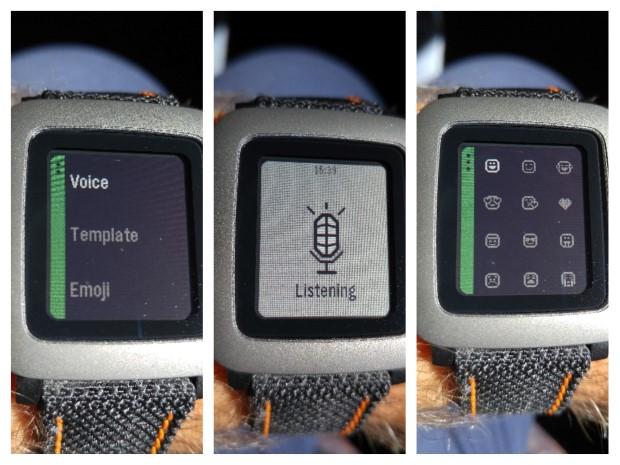Small fish, small pond: Why Pebble went belly up


Pebble's time ran out.
Pebble did not launch the first smartwatch or even the first smartwatch of the modern era. But its combination of long battery life, daylight-readable display and iOS compatibility led it to become the highest-grossing Kickstarter campaign ever. Its campaign for the Pebble Time -- which noted that over a million Pebble watches had been sold and that it was the top-selling smartwatch on Amazon -- smashed that record.
For its final Kickstarter campaign for version 2.0 of the Pebble and Pebble Time 2.0 as well as its first non-smartwatch wearable, the Pebble Core, its campaign showed off a Pebble office humming with the exuberant activity of a nimble category pioneer avoiding the heavy footsteps of Apple and Samsung.
But for some time, news had been spreading that Pebble was in financial trouble. The launch of the Apple Watch, while far more expensive than the Pebble, captured the hearts of many of the company's fans with functionality, iOS integration, display crispness and refined design that Pebble couldn't hope to match.
Microsoft's closest thing to a smartwatch, the Microsoft Band, was abandoned after a second revision. And on the Android side of the mobile world, Pebble wasn't the only smartwatch entrant to struggle. Indeed, just this week, Lenovo announced that there were no Moto360 watches on the horizon.
That horizon extends to forever for Pebble, which will not deliver its 2.0 series products as the company's assets get acquired by Fitbit. Pebble is the the latest in a line of category pioneers that struggled to gain traction after optimizing a device for early adopters. Notification was to Pebble as calendar information was to Palm and e-mail was to Blackberry.
Unlike those products and despite its throwback monochrome display, the first Pebble launched after the smartwatch revolution. But one can't fully discount smartphone competition for its demise. After all, the rise of even pre-smartphone cell phones contributed to the decline of the watch as many consumers' default timekeeping device. Apple and Samsung are now simply seeking to build up the case for a reinvented product they helped to diminish.
While there is value in glanceable information (beyond time-telling) on the wrist, it's not yet a compelling enough proposition for mainstream adoption, not the killer app that instant voice-based communication was for the original cell phones. Take that away from even the iPhone, and what you're left with is essentially the far less successful iPod touch.
From calculators to smartwatch: Casio's featured-filled, ruggedized trip through time
But what of the more than 10,000 apps available for the Apple Watch? Most, like notifications, too are extensions of things that can be done on the phone -- taking voice notes, looking up song info, tracking steps, sending a short note to someone. Beyond notifications, Apple and others have focused strongly on health and fitness as watch purchase drivers. Indeed, Pebble's resting place lies within a company that has done much to promote such devices and has created an app-deficient watch (or two) of its own.
Watches continue to gain more independence. The Samsung Gear 3, for example, is more autonomous than many predecessors and the Apple Watch Series 2 can also do more untethered from the iPhone, at least for limited amounts of time. Perhaps one day, smartwatches may largely replace smartphones. After all, they are more mobile and more omnipresent.
But for now, the lake into which Pebble was dropped did not generate enough ripples for a sustainable market beyond industry giants who can invest heavily.